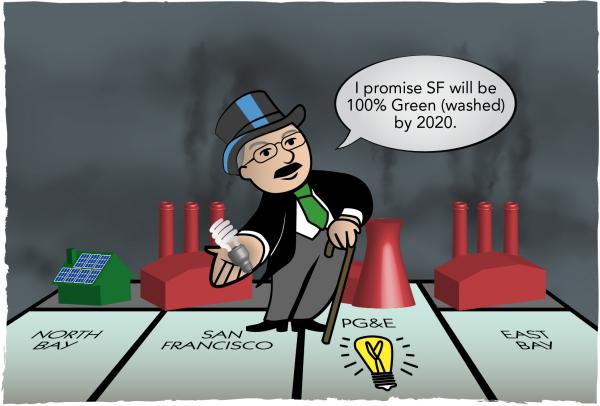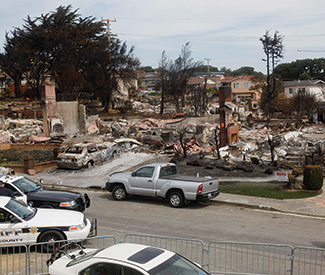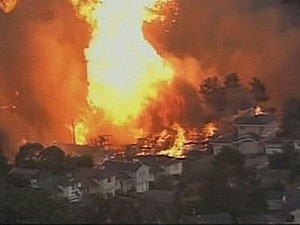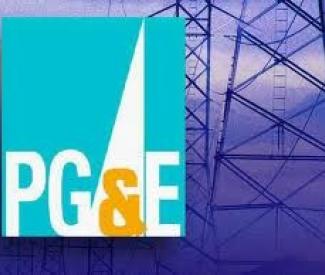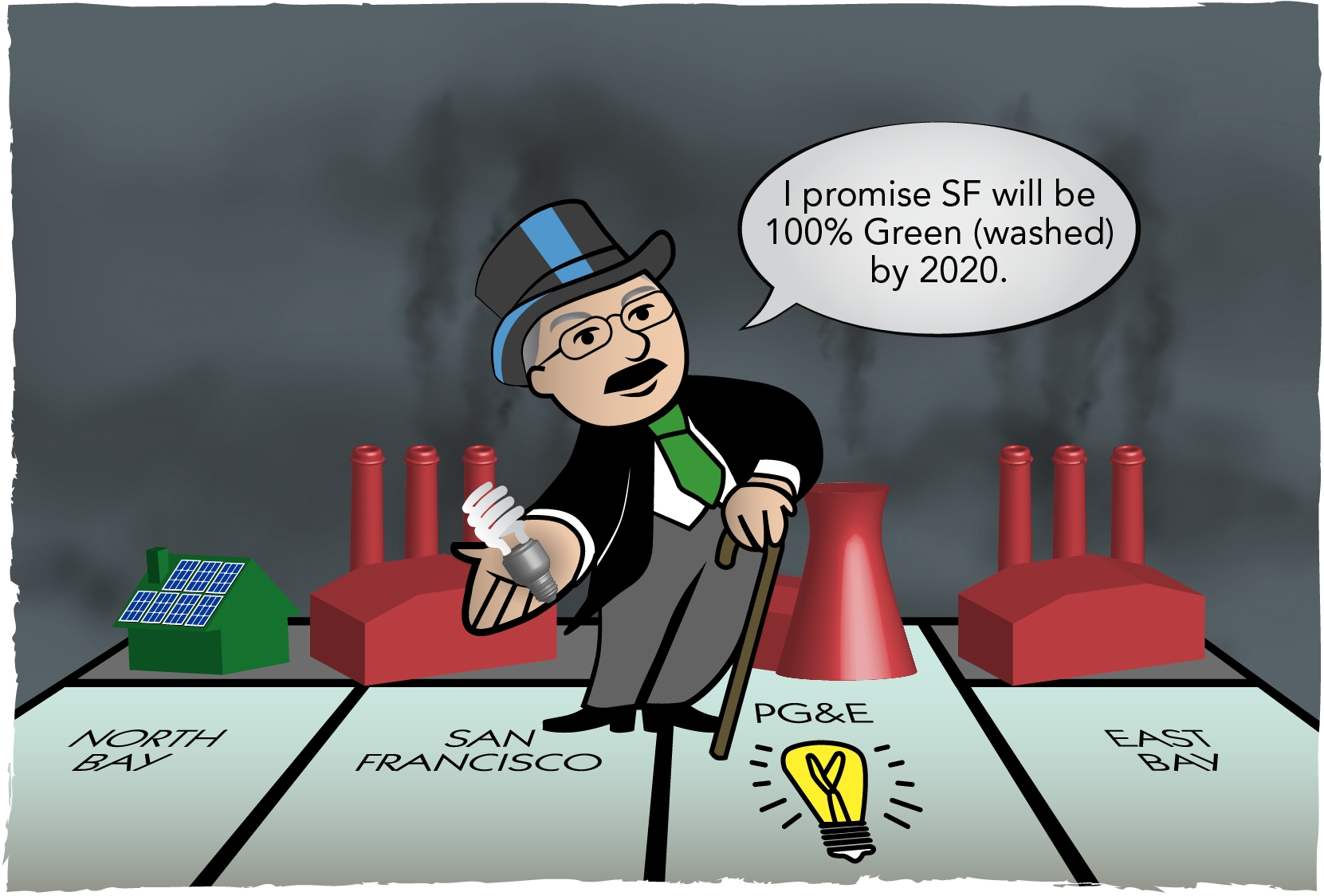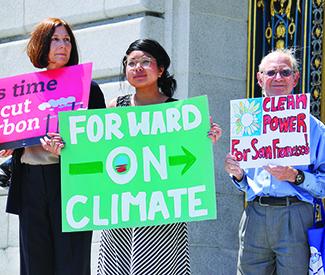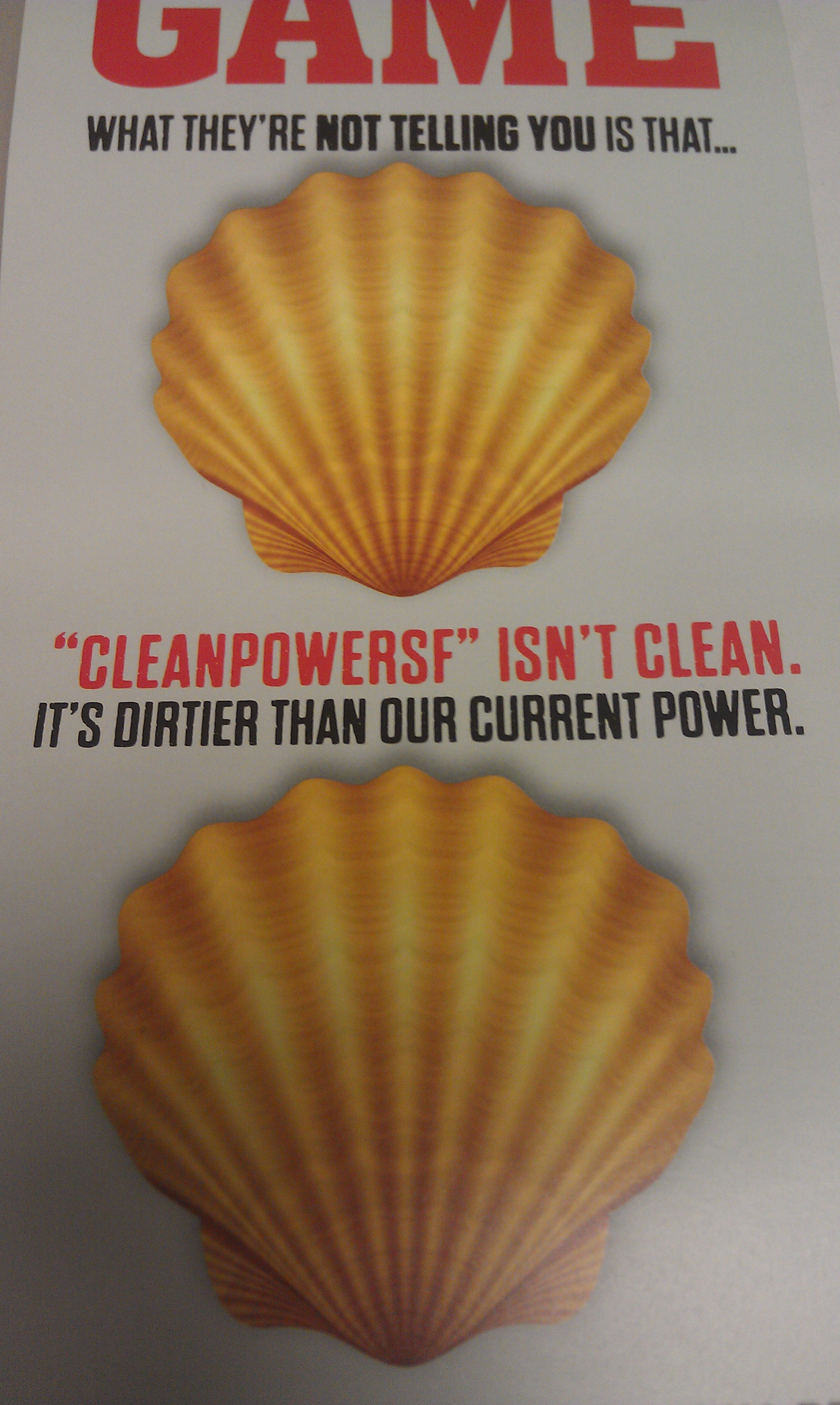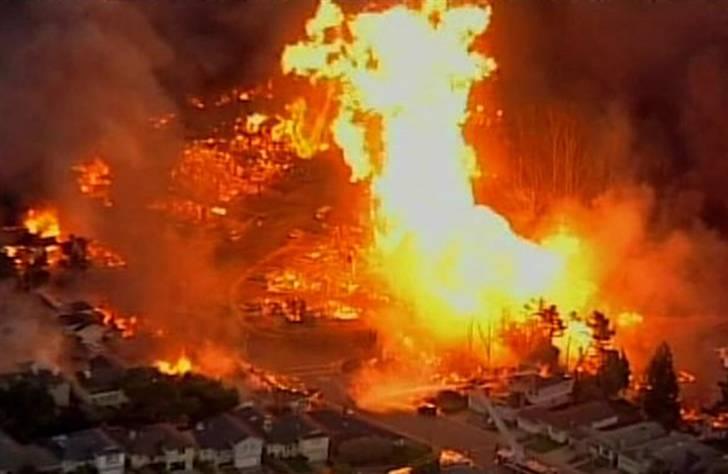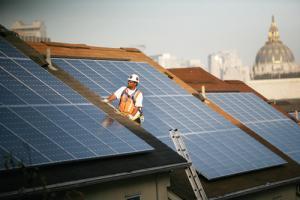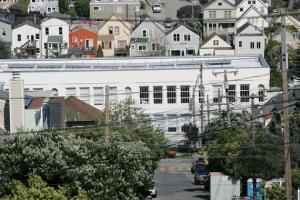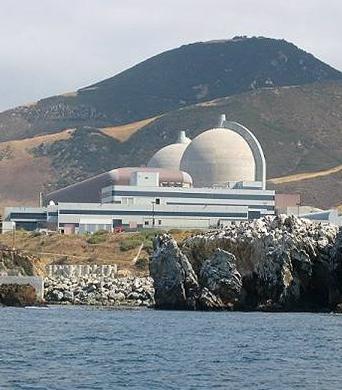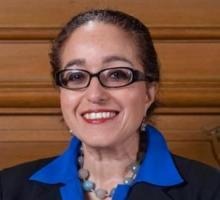Even more internal Pacific Gas & Electric Co. emails – this time flagged by activists focused on safety concerns at a nuclear power plant – raise new questions about the company’s tactics of manipulating the state regulatory process.
PG&E – which is facing federal charges in connection with a 2010 fatal gas line explosion in San Bruno – has come under scrutiny in recent months due to a series of questionable email exchanges revealing a cozy relationship between company executives and members of the California Public Utilities Commission, the state regulatory body that monitors utility spending and rate setting.
Much has been made of emails spotlighted by San Bruno officials, revealing a relationship so cozy that one PG&E executive signed off on an email with a CPUC representative by writing, “love you.”
Those exchanges were the subject of an Oct. 7 hearing at the CPUC, and could result in financial penalties if an administrative law judge cracks down on PG&E for negotiating with state officials in what’s been dubbed a “judge-shopping” scandal. On Oct. 6, PG&E self-reported even more questionable “ex parte” communications with CPUC officials, correspondence it revealed is being scrutinized by federal prosecutors.
Meanwhile, when it came to an earthquake risk assessment at Diablo Canyon, according to a legal brief filed at the CPUC by the nuclear watchdog group Alliance for Nuclear Responsibility, PG&E “brazenly ignored the commission’s requirements” for working with a state-appointed independent review panel.
The panel of independent experts was appointed because the CPUC lacked staff with the expertise needed to review seismic safety studies concerning the nuclear facility, which is located in proximity to several earthquake fault lines.
Internal PG&E emails obtained by the Alliance for Nuclear Responsibility, which used discovery to obtain documentation through its status as an intervener in the CPUC rulemaking process, revealed that PG&E was concerned about how to field inquiries from the independent panel.
In one email, a utility executive suggested submitting “processed” data, rather than raw data, to demonstrate how it had arrived at certain conclusions.
Alliance for Nuclear Responsibility spokesperson David Weisman discussed why that matters with an analogy: “Why don’t they want anyone else to look at the raw numbers? It’s like saying, here’s the cake. You might find that it tastes a little funny, but we aren’t going to tell you what went into it.”
In another internal PG&E email, a government affairs representative went so far as to ask his coworker: “Do you believe we could get the [independent panel] ‘decommissioned?’”
Several weeks ago, PG&E announced that it had found no safety hazard at Diablo Canyon, essentially telegraphing that there’s nothing to worry about. But that determination was made before the independent review panel had a chance to review the company’s analysis, or weigh in on whether it agreed with the science supporting this finding.
“If you release a report without the panel’s review, that’s not science,” Weisman charged. “That’s propaganda.”
PG&E did not respond to a request for comment.
As the Bay Guardian previously reported, the discovery of previously undetected fault lines around Diablo Canyon six years ago set in motion a new risk assessment to determine whether a major earthquake near San Luis Obispo, where Diablo Canyon is located, would result in power plant equipment failure. State legislators passed a law mandating that these risks be analyzed – long before Japan’s Fukushima nuclear meltdown underscored the importance of taking such hazards seriously.
Now, the Alliance for Nuclear Responsibility is arguing that PG&E should not be allowed to recoup $64 million in ratepayer dollars that the CPUC agreed to set aside to fund the seismic study. “The CPUC granted PG&E ratepayer funding to carry out those seismic studies,” Weisman explained. “Our concern is that that the study itself is inadequate and poorly vetted.”
The Bay Guardian submitted several requests to speak with a knowledgeable CPUC staff member about the matter, but the agency did not grant an interview. Instead, public information officer Constance Gordon emailed a prepared statement that stated simply: “The Independent Peer Review Panel will review the seismic report and will hold a public meeting shortly to discuss it and receive public feedback.”
Interestingly, PG&E’s determination that Diablo Canyon is risk-free was issued on the very same day that the federal Nuclear Regulatory Commission publicly dismissed the concerns of Michael Peck, the former on-site safety inspector at the nuclear facility.
The senior NRC staff member made headlines for formally suggesting that the plant should be temporarily shut down until the science could prove that it would safely withstand a major earthquake. News of Peck’s “differing professional opinion” caused California nuclear activists to immediately file petitions calling for Diablo Canyon to be shut down.
In a lengthy op-ed published in the San Luis Obispo Tribune, Peck said he stood by his conclusion.
“I have exhausted the NRC processes for raising nuclear safety concerns,” he wrote. “At every turn, the agency reinforced that their original conclusions and actions had been correct. From my perspective, I applied the same NRC inspection standards and agency rules to the Diablo Canyon seismic issues that I’ve used to disposition many other design bases issues during my 20-plus years as an inspector. Because the [differing professional opinion] was reviewed by the highest levels of agency management, I was left with the impression that the NRC may have applied a special standard to Diablo Canyon.”


